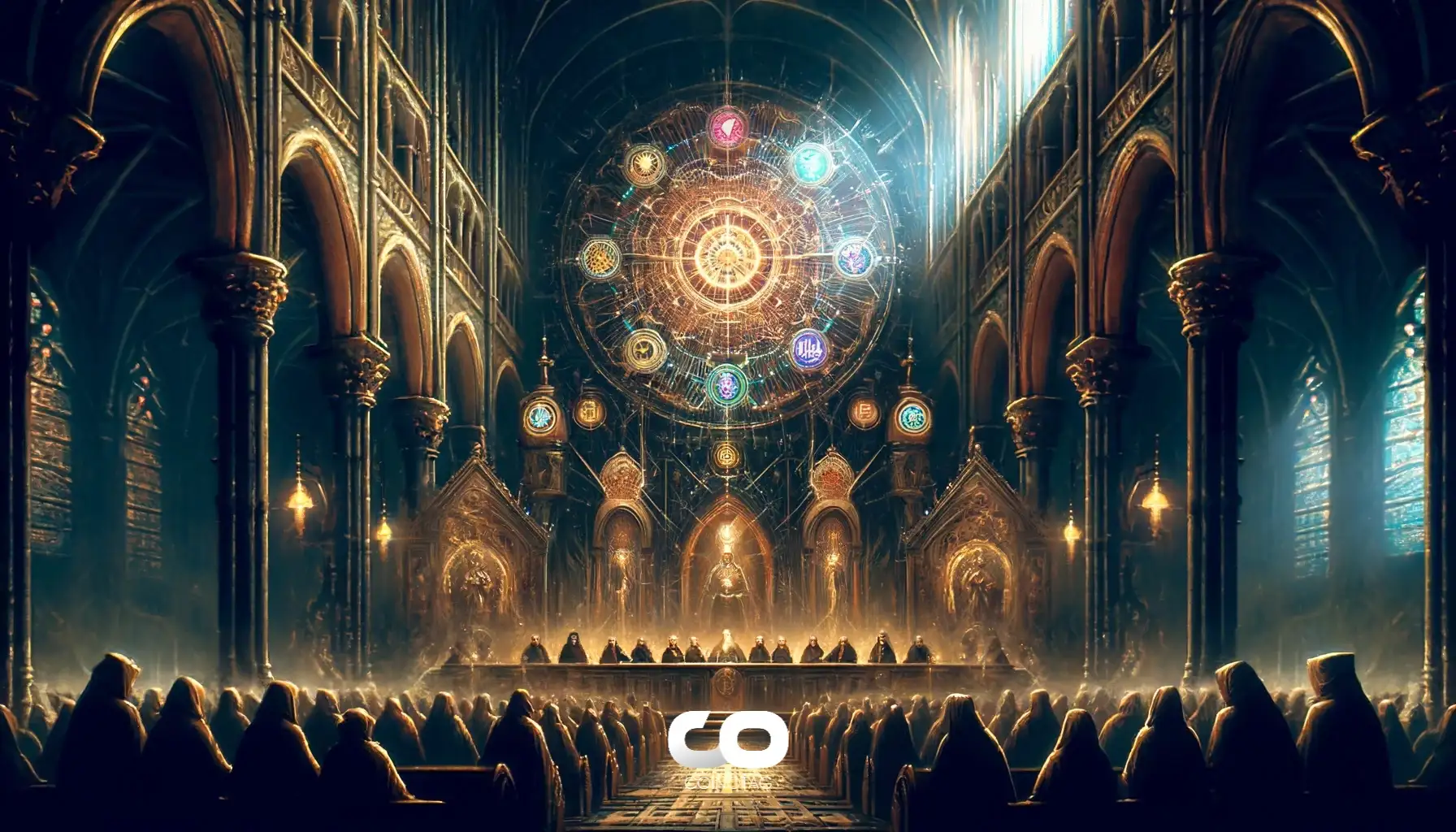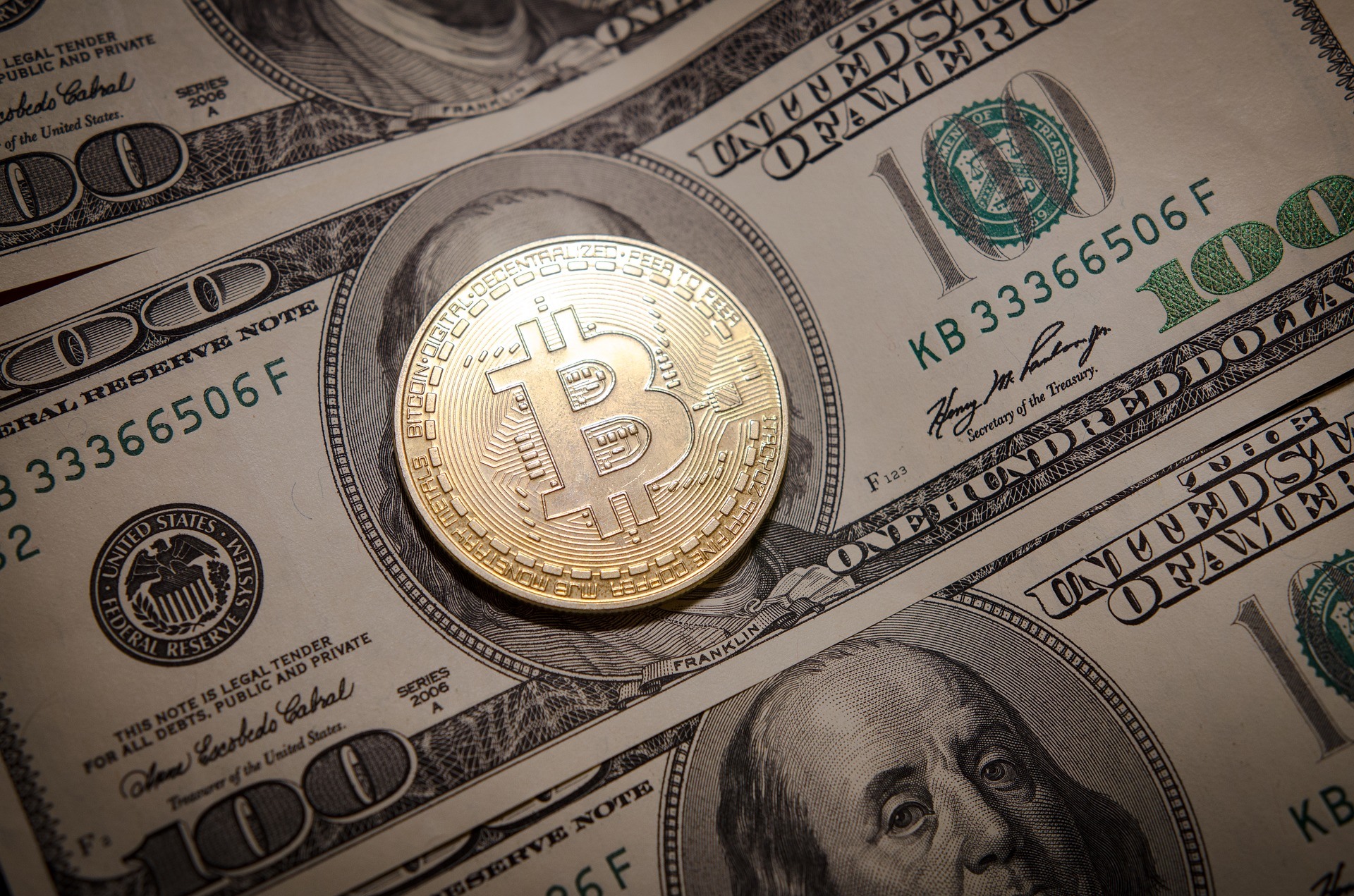Leading Projects at the Forefront of Blockchain Gaming Revolution
A few years ago, gaming was only an activity for relaxation and fun. Today, the gaming industry has evolved into one where players trade digital assets and collectibles worth thousands of dollars. This evolution has seen the rise of entire economies built around gaming and virtual spaces.
In a world where the virtual asset you’ve earned from gameplay is as valuable as digital real estate, financial impossibility quickly becomes nothing.
Concept of GameFi
In hindsight, maybe we knew that gaming and a disruptive technology like the blockchain would integrate seamlessly. Maybe we didn’t. But one thing is certain. The gaming industry has adopted blockchain technology in a seamless manner. This has been made easy through the sub-niche known as GameFi.
GameFi has brought with it Play-to-Earn (P2E) games that are designed specifically for monetization, educational, marketing and other ‘fun’ purposes. It is powered by a combination of the fundamentals of Decentralized Finance (DeFi) and gaming.
In GameFi, there is a clear pathway for players to earn digital assets with real-world values. It is no longer about bragging rights alone. This niche creates entirely new economic models within the virtual worlds and allows the player to see gaming from an investor’s perspective. It has become more than just playing games for the fun of it; it’s now playing, owning, and profiting from virtual economies.
Game publishers—regardless of their sizes—now use the issue tokens to monetize their games. At the start, these tokens were typically based on the ERC-20 standard of the Ethereum blockchain. However, as the entire industry has grown, more gaming projects are moving their games to other blockchains for reasons ranging from scalability and efficiency.
The tokens are dispersed during the early stages of the project or they can be bought in secondary markets. The costs incurred in developing the game are financed with these tokens. They (tokens) are also the native utility tokens of the projects, meaning that they are used by players to purchase in-game assets and are a means of rewards and payments by the publisher to the players.
Examples of gaming projects like these include QORPO, Sidus Heroes, and Astra Nova. In this article, we will discuss these platforms and how they are leading the gaming revolution on the blockchain.
Democratizing eSports through Blockchain
In 2023, the global eSports market size was $5.39 billion. It’s at $6.61 billion in 2024 and is expected to reach $41 billion by 2033. A CAGR of 22.6% in the forecast period of 2024 to 2033. These figures make eSports a lucrative aspect of online gaming and are coming to the blockchain thanks to QORPO.
A blockchain-powered game developer, QORPO is on a mission to revolutionize eSports, making the sector accessible to everyone. The hero shooter game, Citizen Conflict, is the company’s flagship project. Citizen Conflict is essentially a fast-paced gameplay designed with the robust infrastructure of eSports and powered by the blockchain for the ultimate competitive gaming experience.
The significant barriers to entry and the lack of resources and connections needed to compete at the highest level make becoming an eSports star a difficult task. This is increasingly no longer the norm as QORPO’s blockchain technology is changing that. With Citizen Conflict, you can become part of a community of talented players where you can showcase your skills and earn rewards.
In 2022, the eSports industry had an audience of 532 million people. This number is expected to grow to an estimated 640 million viewers by 2025. The contributions and approach of QORPO places it in an ideal position to disrupt the industry, get it to reach this projected number, and accelerate the emergence of a community of eSports stars and viewers.
P2E on the Blockchain
Imagine earning digital assets or crypto tokens for your time and effort spent gaming. P2E games enable gamers to make a living by engaging in their favorite pastime activity; gaming. This model has grown so much that in some countries, gamers now make a living exclusively by playing video games.
The global P2E NFT Games market size was valued at $755 million that year (2021). This figure is expected to grow at a CAGR of 21.3%, potentially reaching $633 billion by 2028 in the forecast period.
This explosion of the P2E model has brought with it the advent of player-owned economies that allows the ownership of in-game assets like lands, characters, or items. These assets are unique and can be tracked on the blockchain. When acquired, players can use the assets to progress and earn more rewards in the game.
The futuristic MMORPG game, Sidus Heroes is an example of a P2E NFT-powered gaming platform. It uses NFT technology to create a holistic player-driven gaming economy. Players can own in-game content on Sidus, opening the doors for trading in-game possessions.
Sidus Heroes has a Launchpad that helps with the launch of promising gaming projects with strong teams behind them. The Launchpad has an overarching ethos of quality over quantity, with the fundraising process for deserving projects involving the DAO and SIDUS tokens.
Astra Nova is another P2E game at the frontlines of Web3 gaming. Drawing inspiration from a classic game like Fortnite, Astra Nova is a free-to-play Role-Playing Game (RPG) that allows players to step into a world dipped in millennia of interplanetary lore. Like with Sidus, it is shifting power away from gaming studios and into the hands of gamers.
A New Era of Gaming
By introducing blockchain technology to gaming, a new era of play where players enjoy a mixture of economic opportunities and quality fun is being launched. At the forefront of this revolution are projects like QORPO, Sidus Heroes, and Astra Nova—perfect demonstrations of blockchain’s potential to transform the gaming scene.
These platforms mentioned above (and others like it) are redefining the relationship between game developers and players by leveraging blockchain technology. This structure moves players from passive consumers to active participants in their favorite pastime activity. Players can now earn rewards, own in-game assets, and contribute to the game development decisions through this NFT and token-based model of play.
The post Leading Projects at the Forefront of Blockchain Gaming Revolution appeared first on CoinGape.






